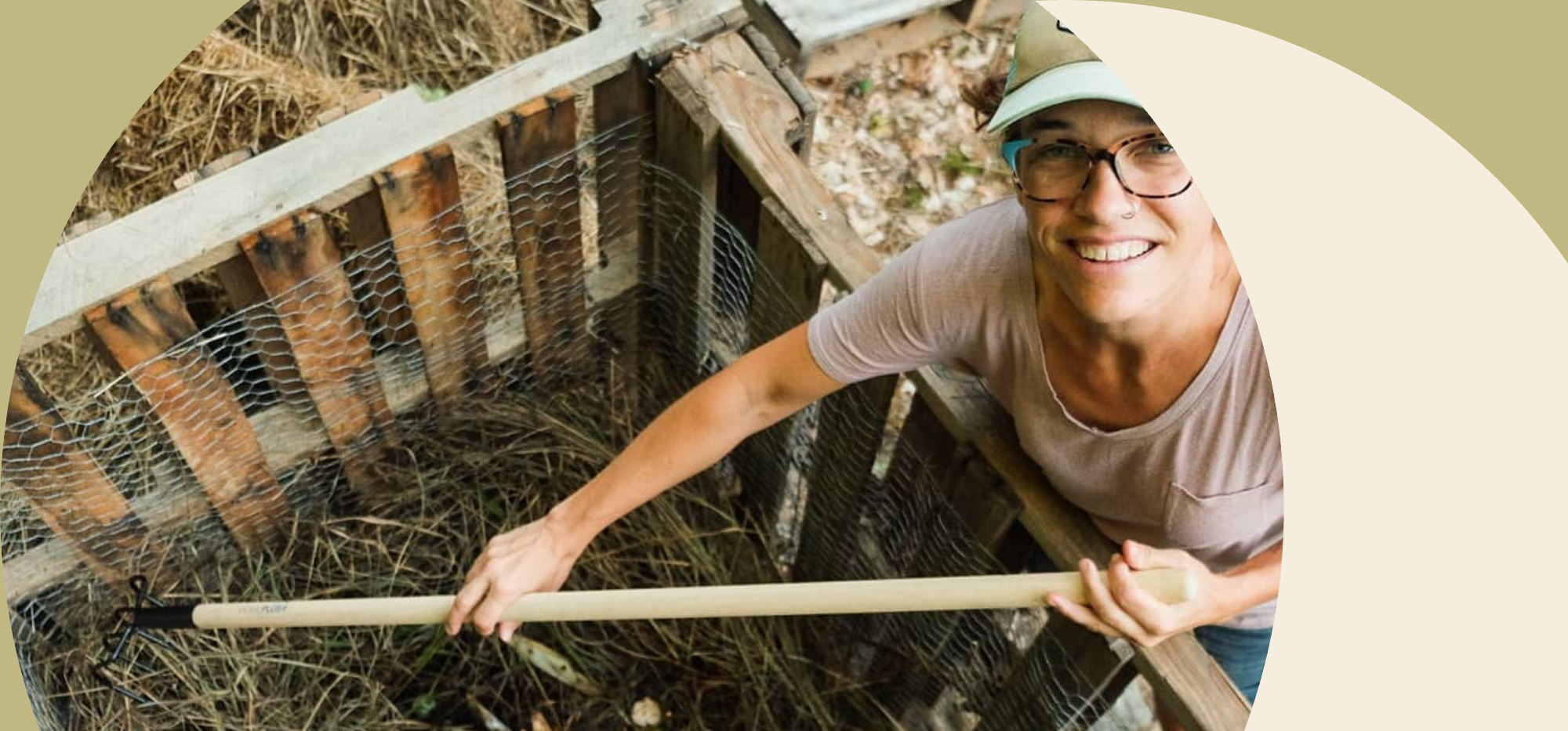Your cart is currently empty!

4 Tips for your Humanure in the Winter
Maintaining a Humanure pile in the winter can seem daunting: How do you ensure the temperatures stay high enough, does the composting time frame change? Can I even use a Humanure in the depths of winter?
No worries, this guide will help you make a plan for a healthy and safe Humanure in the cold months.
The most important factors to determine your success of feeding and maintaining your Humanure co-composting pile during the cold months is the size, exposure, and anatomy of your composting pile. Here we detail how you can maintain balance to your composting pile so you can have a productive start in Spring.

1. Make it big!
Imagine your compost core as being cuddled up under your compost material. The bigger your pile – and the smaller your material core – the easier it is to maintain a cozy warm temperature (120 to 160 degree F) for all the microbes to do their magic. The ideal winter size of the compost pile depends on outside temperatures. For your first winter of using your humanure setup, you need to monitor core temperatures and be prepared to increase the size of your pile if necessary. Don’t have the material to make it big? Grass clippings, straw or leafs are great for insulating your core!

2. Watch the moisture
If temperatures in your area are reliably below freezing, you don’t need to worry too much about moisture moving in. If winter means rain, freezing rain, and/or snow, you’ll need to watch the moisture of your pile. If you notice it getting too damp, add a tarp or similar cover to protect it. That also means that while you might be adding urine to your Humanure in the summer, you might have to adjust the amount in the winter (and during mud season).

3. Shelter it
If you live in a windy area, you’ll want to shelter your pile against drafts. Constant wind will dry out the pile and lower the temperature, even more so if you are composting larger chunks of organic material. If you have a composting pile in an exposed area, you can add some additional moisture to the wind-facing side to lower the drying effect of the wind. Using hay bales or even piles of snow can help insulate the compost pile from wind. And you can use boxes, bins, or other structures to protect the pile and help keep the temperature up.

4. Chop those veggies
While not necessary for the humanure contents of the compost, watch the size of the organic material you’re adding. Make sure you’re chopping up vegetables before adding them to make a denser core.
Overall, you’ll want to monitor the temperature of your core regularly, especially as the weather changes. Make sure to keep exposure short when adding new material and to cover the pile back up quickly and with plenty of cover material.
A great resource for learning more about using a Humanure setup in cold climates is the “Composting Manual for Cold Climate Countries” from the research team at the Sustainable Sanitation Alliance. We also highly recommend reading the “Humanure Handbook” by Joseph Jenkins. Happy Composting!
Tags:

Leave a Reply